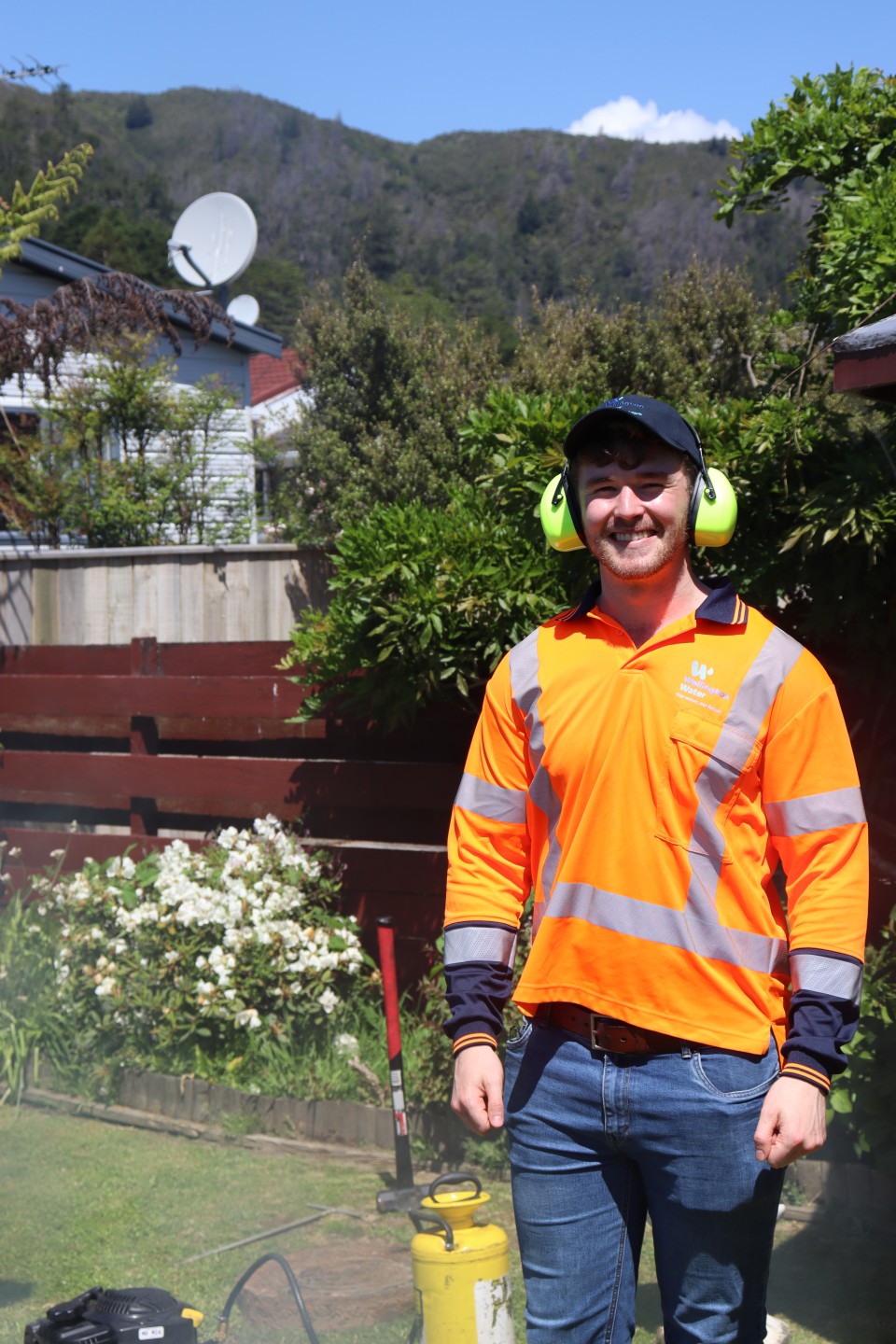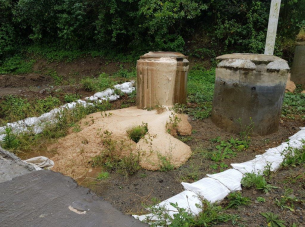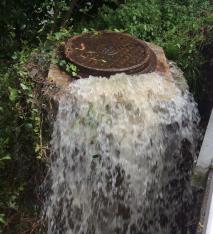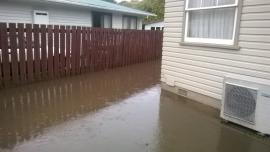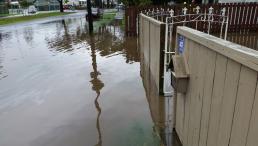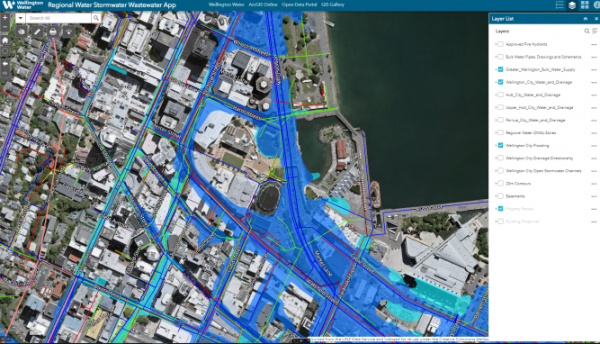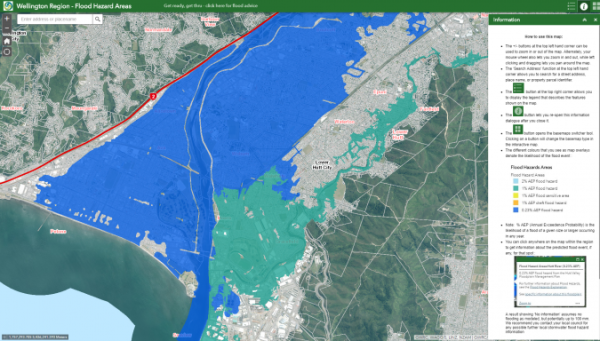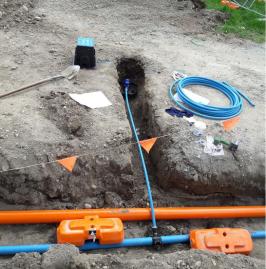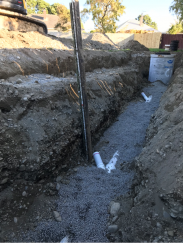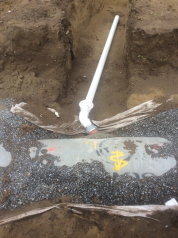Connecting to networks
If you are constructing a new house or building, undertaking a subdivision or changing the use of a building (such as from residential to commercial) then you may need to connect new private drinking water, wastewater and stormwater pipes to or from the public network. New works may also require disconnections from the three water networks.
Depending on the type of project or subdivision being undertaken, the Regional Standard for Water Services requirements, your Building Consent, or your Resource Consent conditions will guide you on the type of connection(s) you will need.
How do you know if there are capacity issues that may affect new connections to the network?
How do you find out about flooding in an area?
How do you apply for approval for new connections to the networks?
How are physical connections to the drainage networks done?
Avoid cross-connections!
Unfortunately, a common mistake with residential plumbing and drainage works is connecting wastewater (sewer) pipes into stormwater pipes or stormwater pipes into the wastewater system. This is known as cross connecting and it can result in serious adverse effects on public health and the environment.
-
A common source of cross connections is a downpipe diverted into the gully trap (a drainage vent usually covered with a small grating and located against the outside of a house, near the kitchen, laundry or bathroom).
-
Stormwater in the wastewater network increases the volume at the treatment plant by up to five times dry-weather levels. It can overload the plant, leading to a discharge to sea of only partially treated water.
-
Wastewater connections to stormwater pipes have an equally harmful impact. Due to a faulty connection or leaks, wastewater can overflow and end up in the stormwater system, which transports directly into our streams, rivers and the sea.
-
One way to help keep our streams, coast and harbours clean for generations to come is to ensure there are no cross connections on your property, as they are illegal.
The two networks are separate, and it is the property owner’s responsibility to ensure they stay that way. Make sure you and your tradesperson connect the right pipes to the right network.

